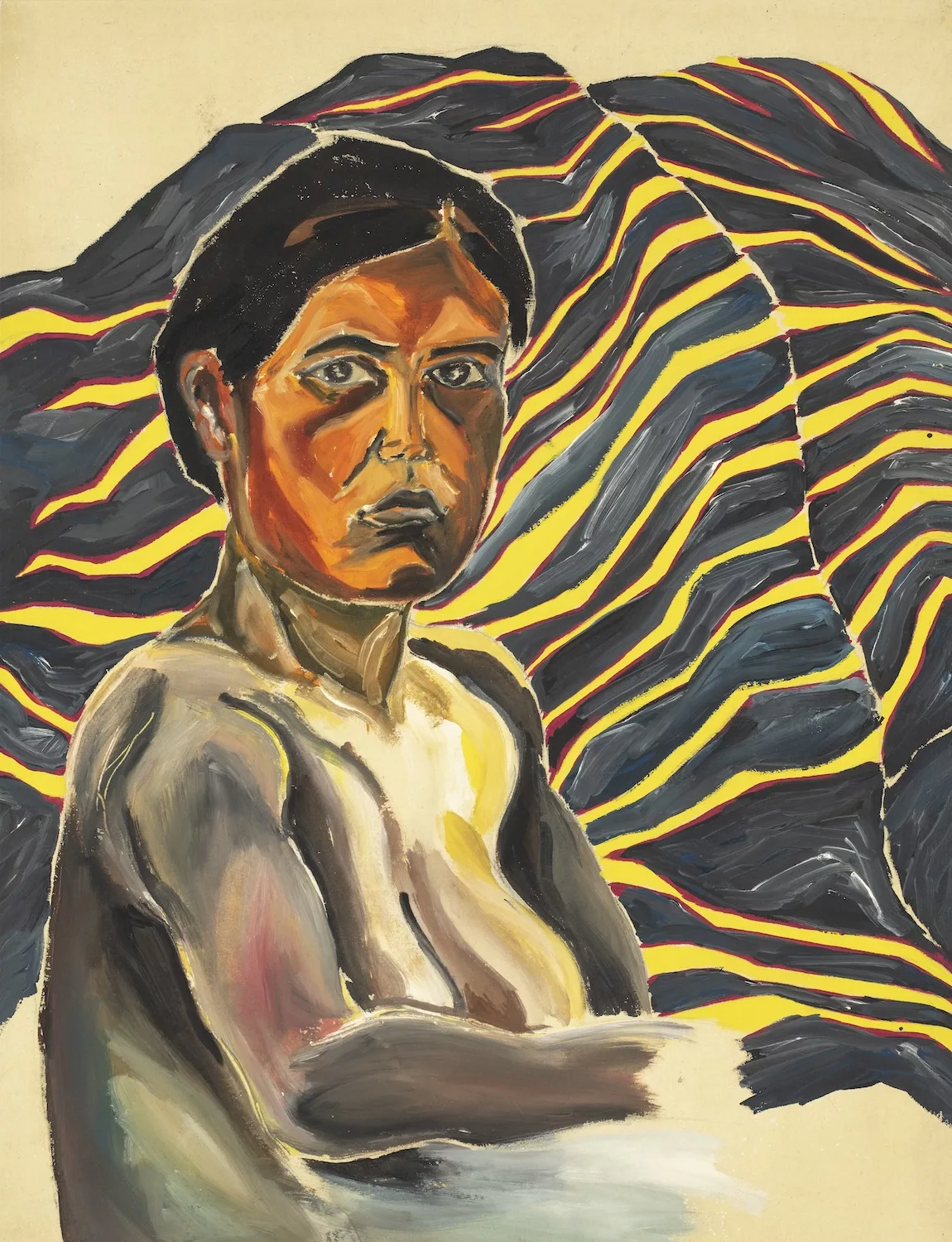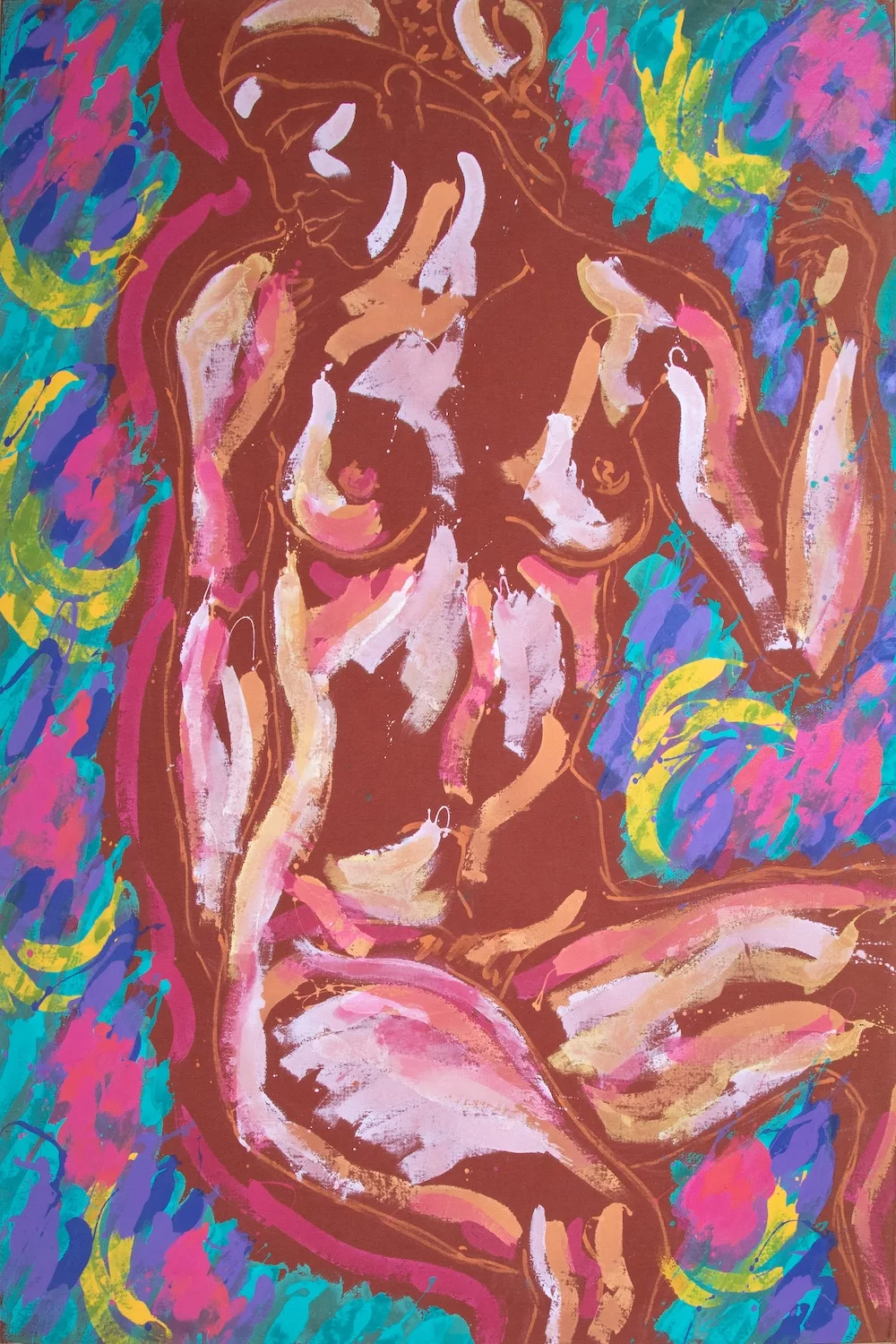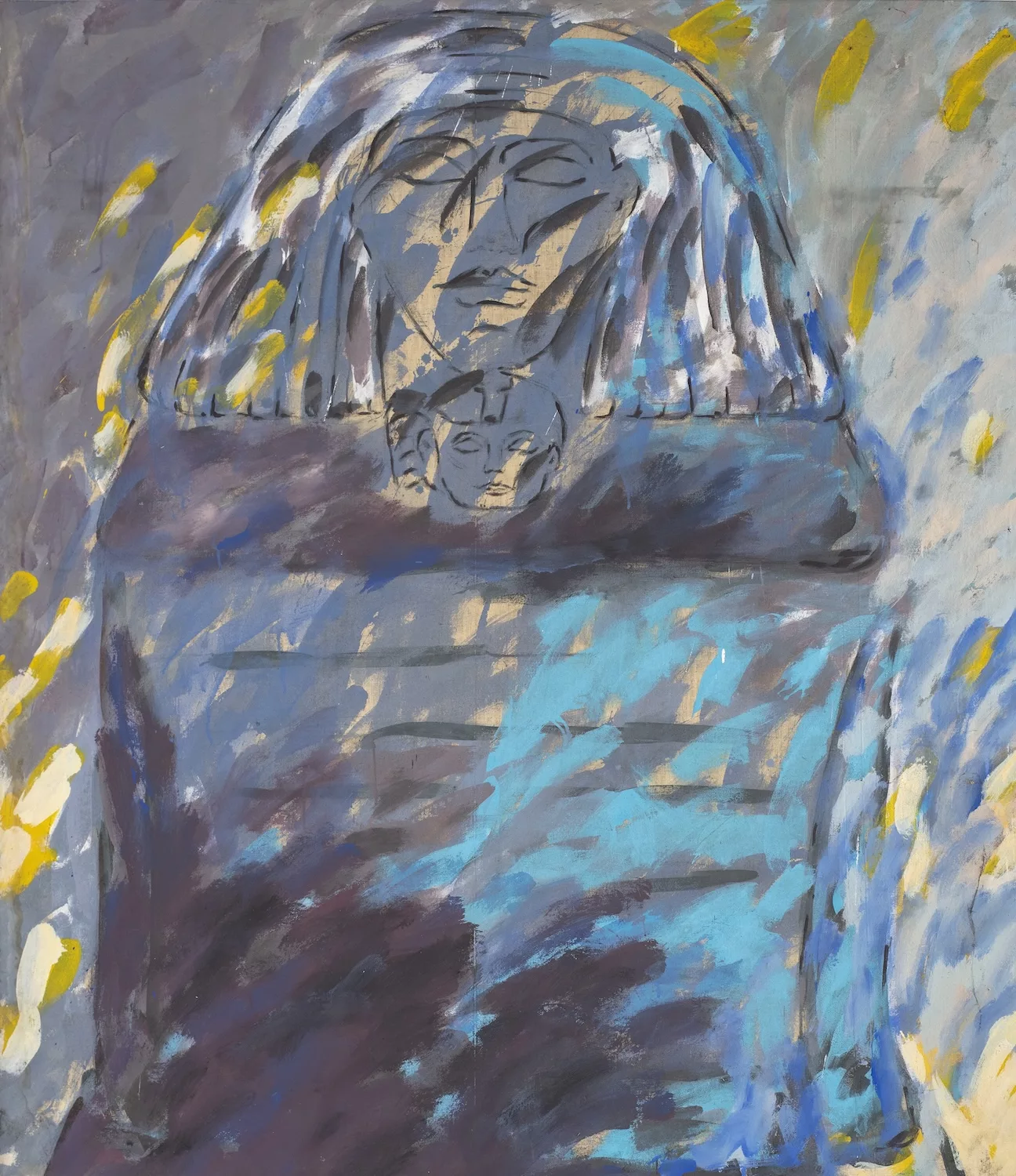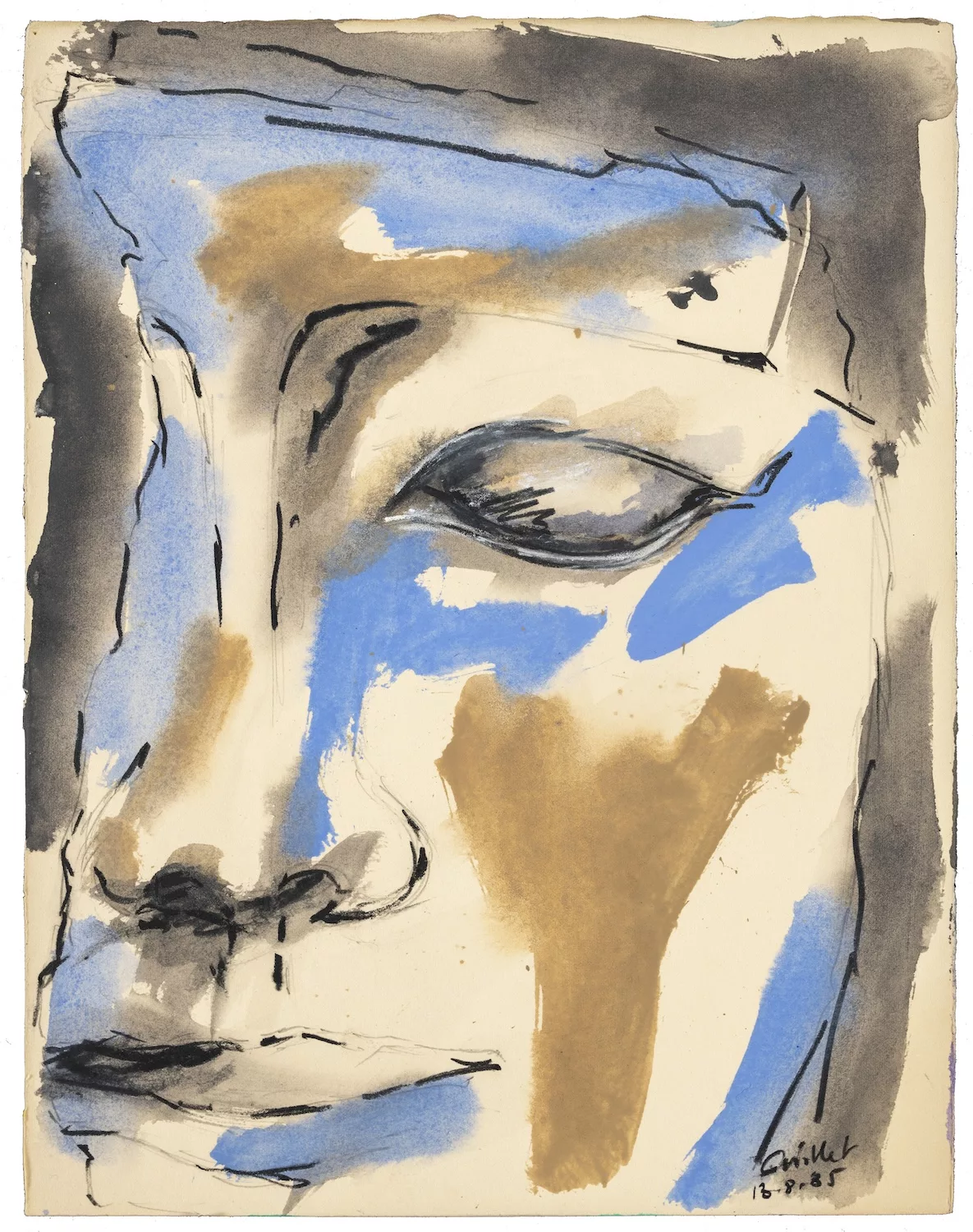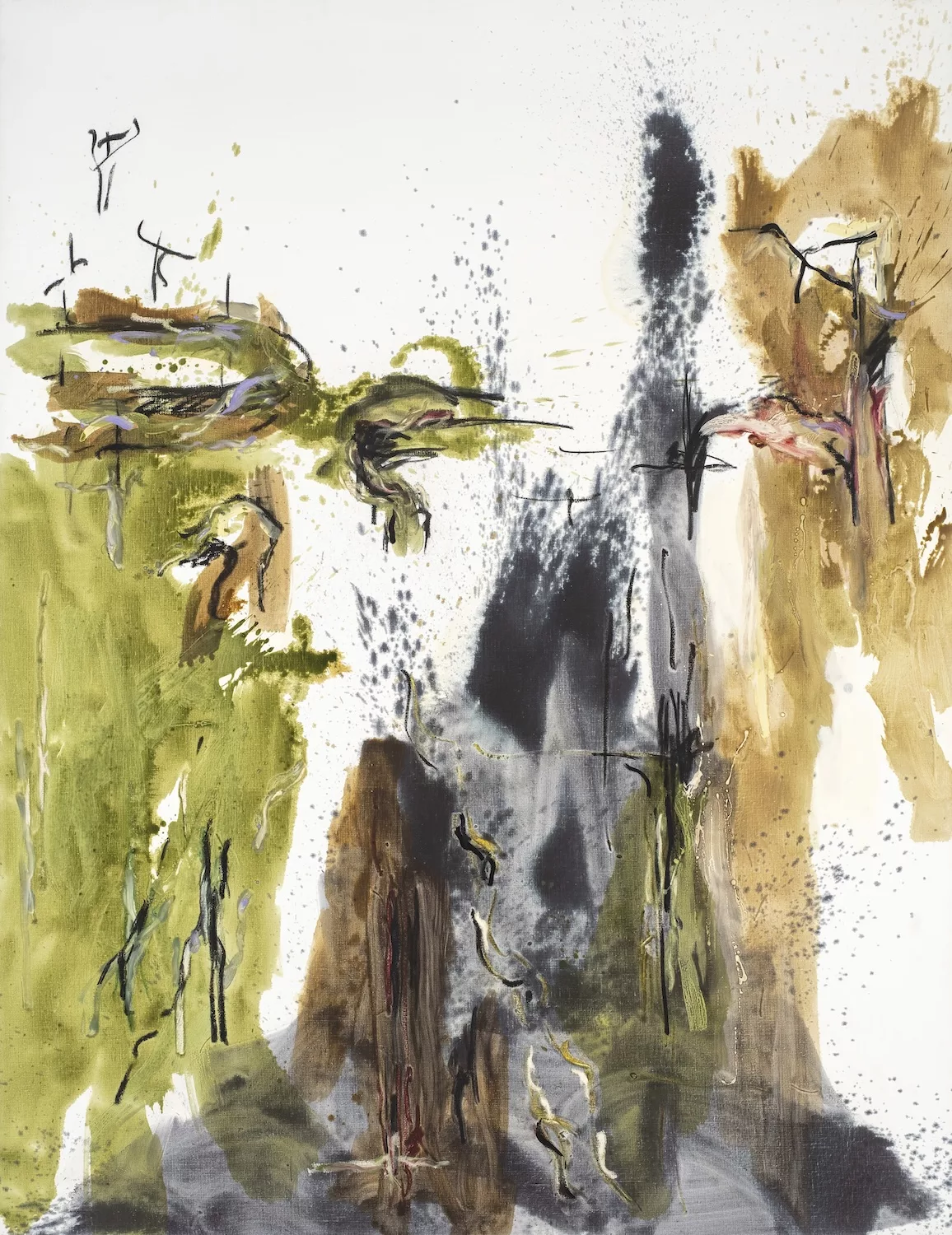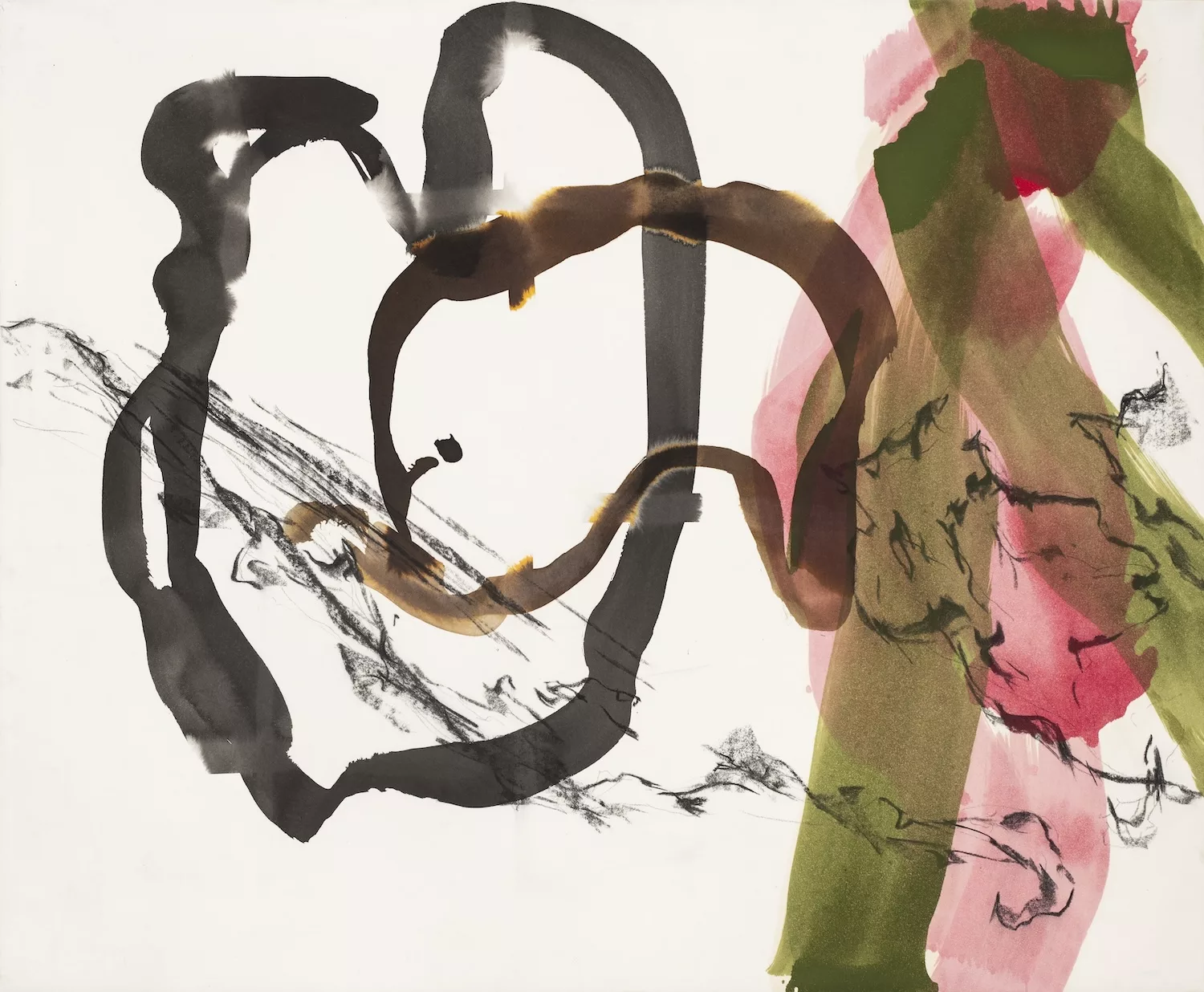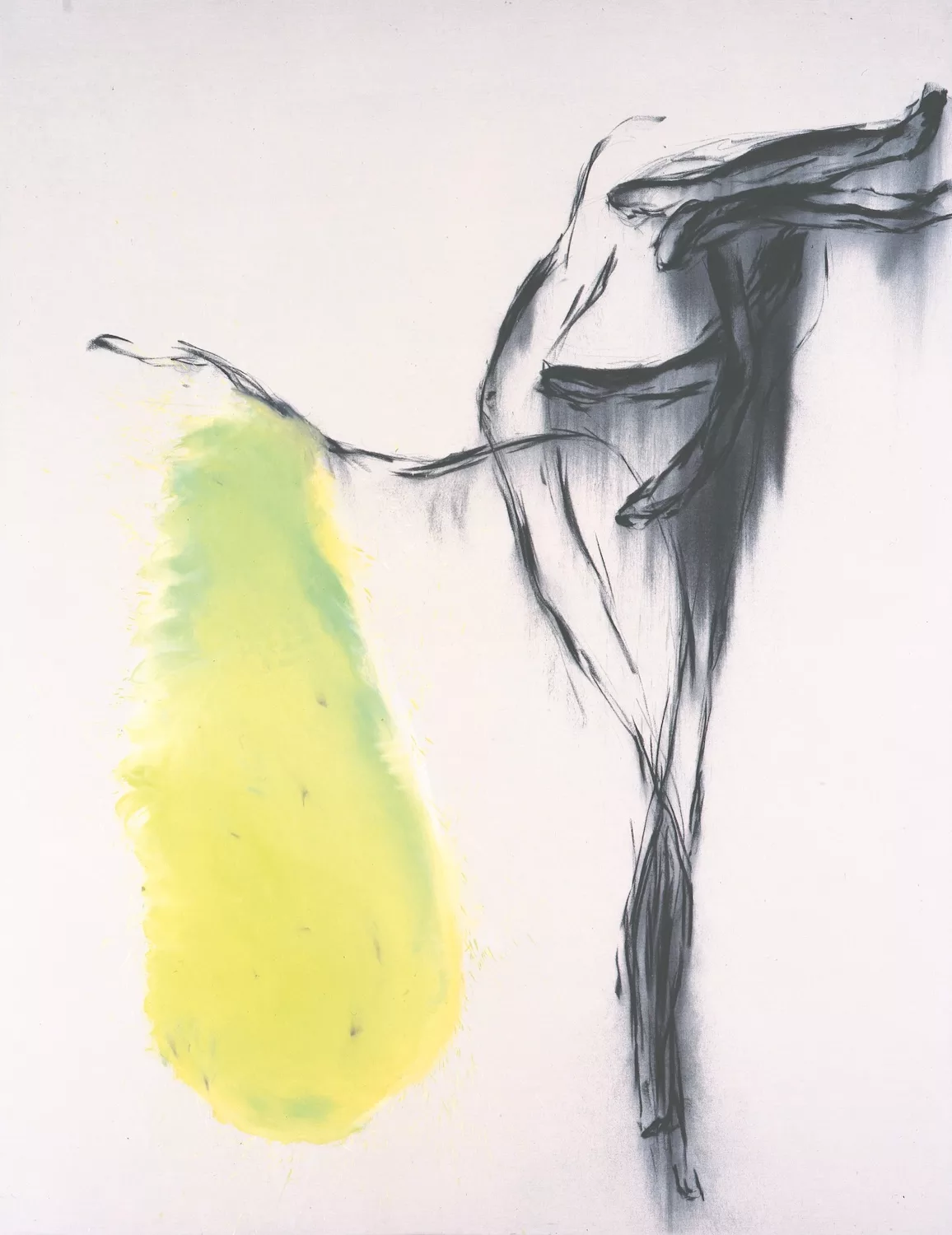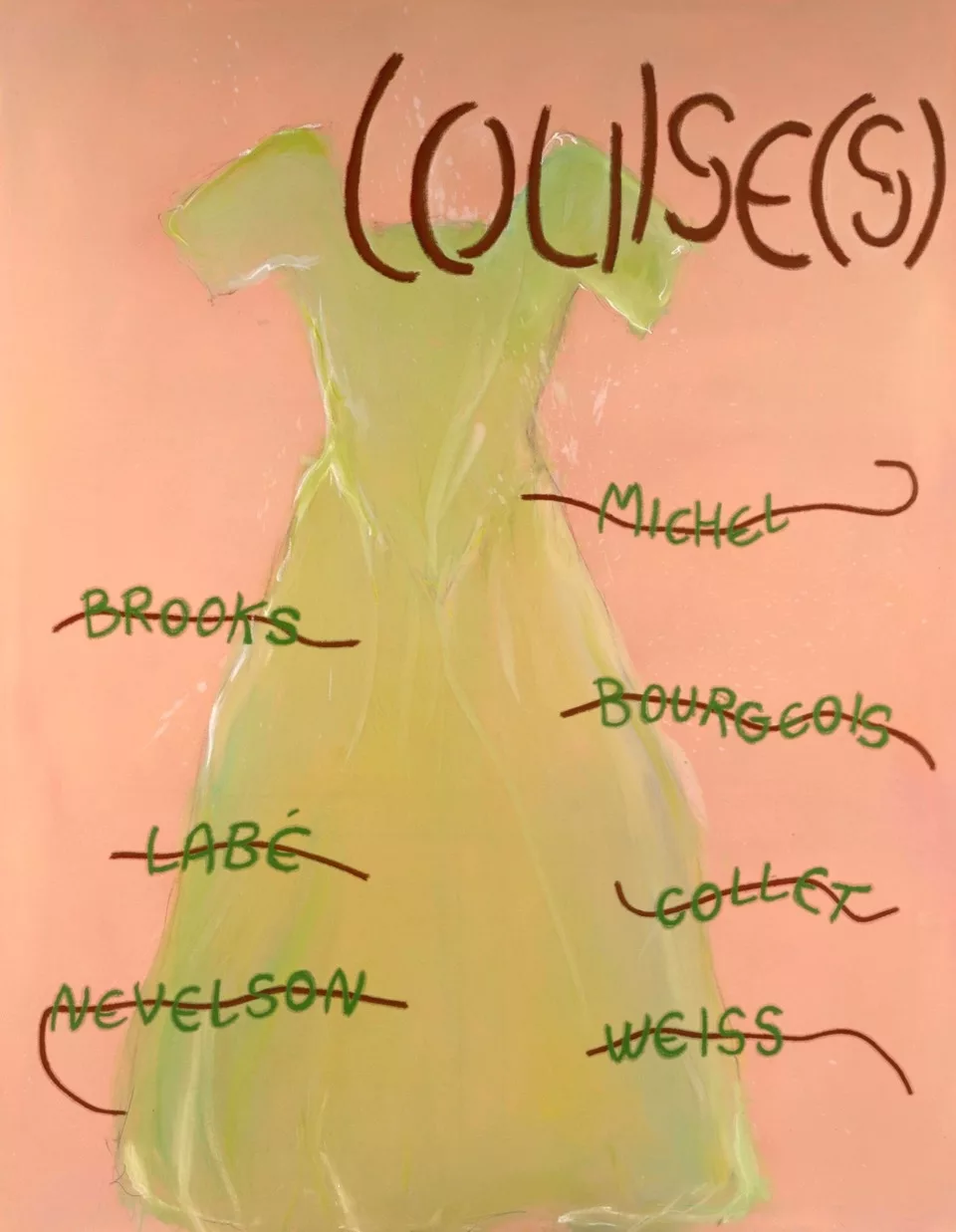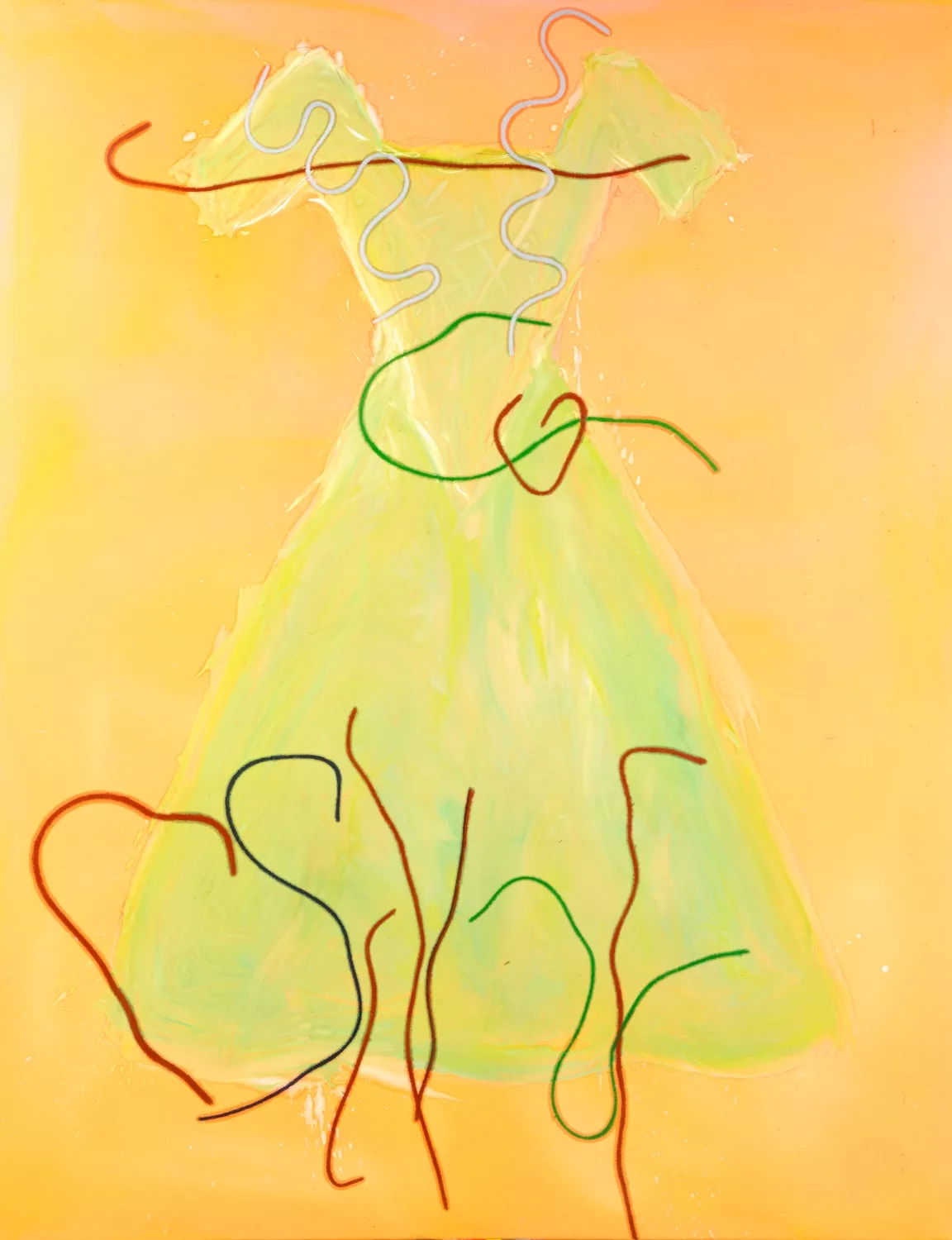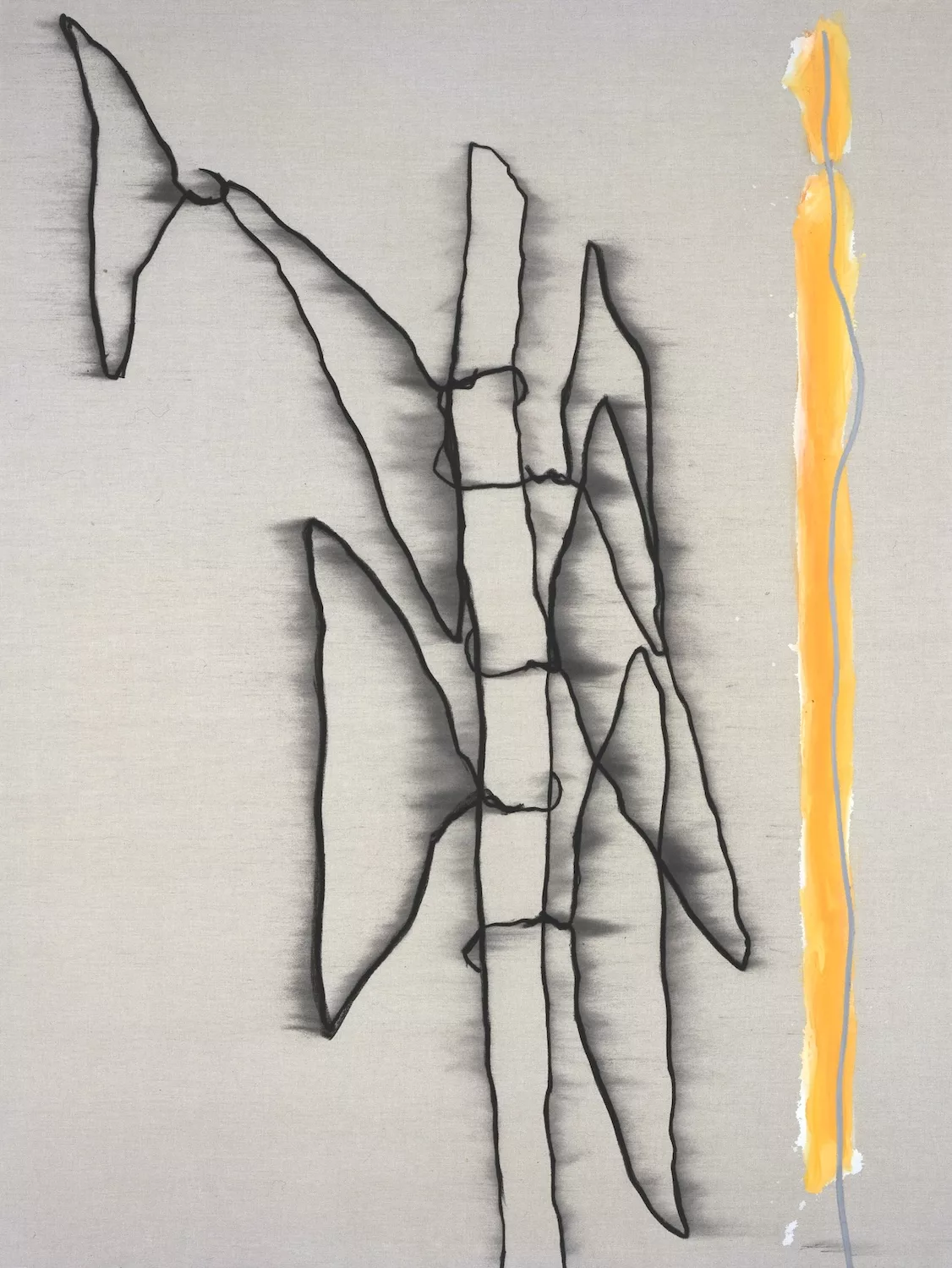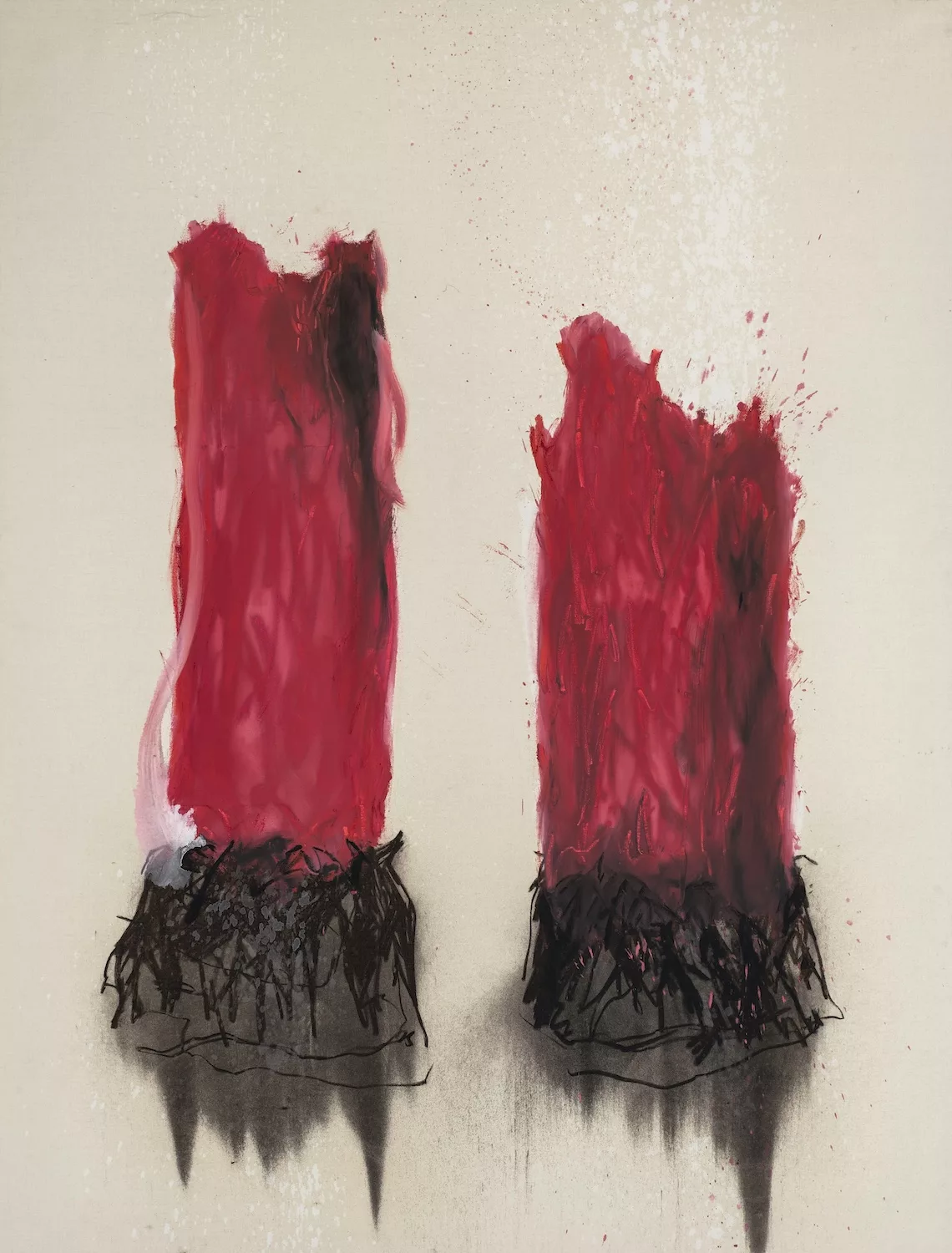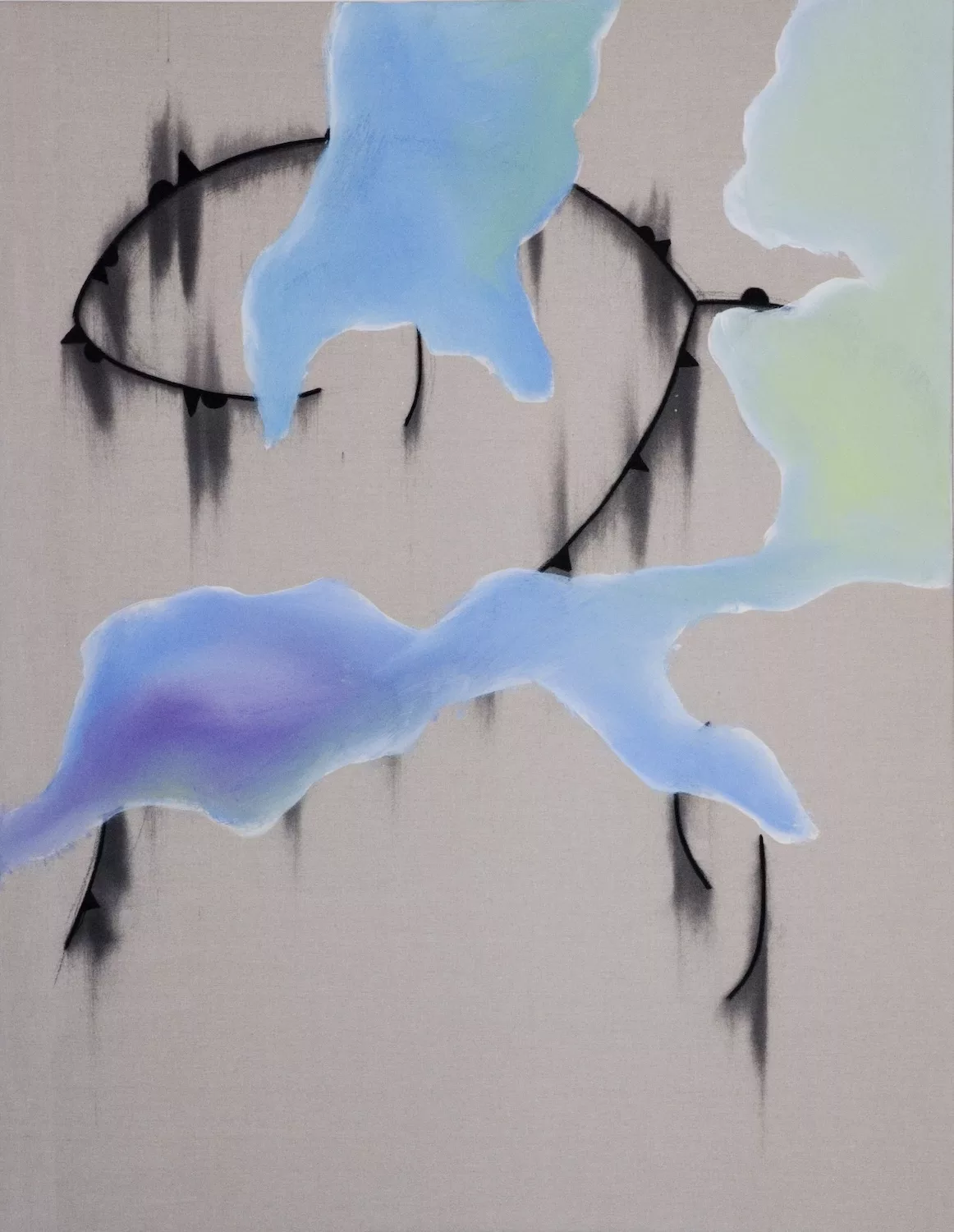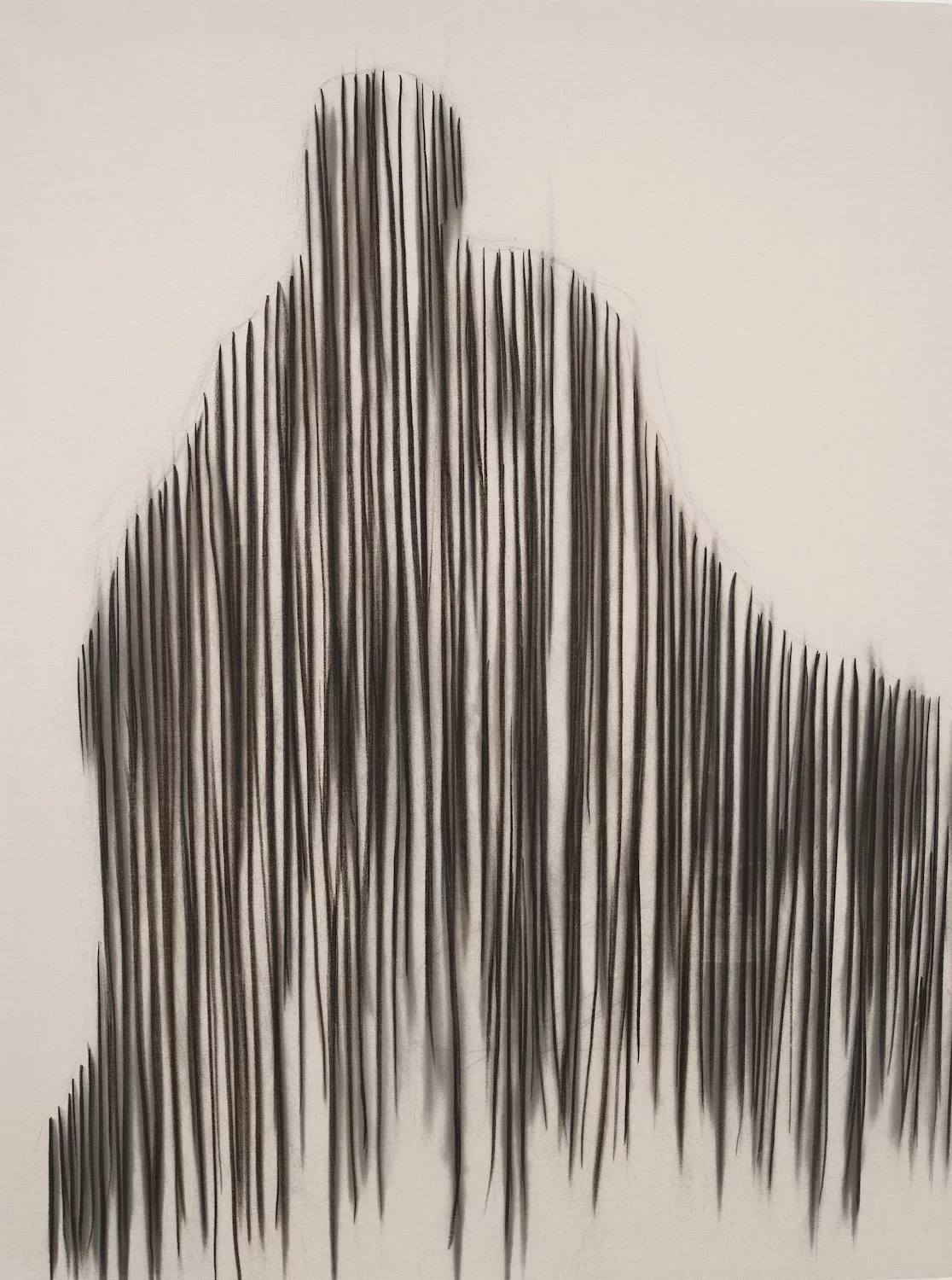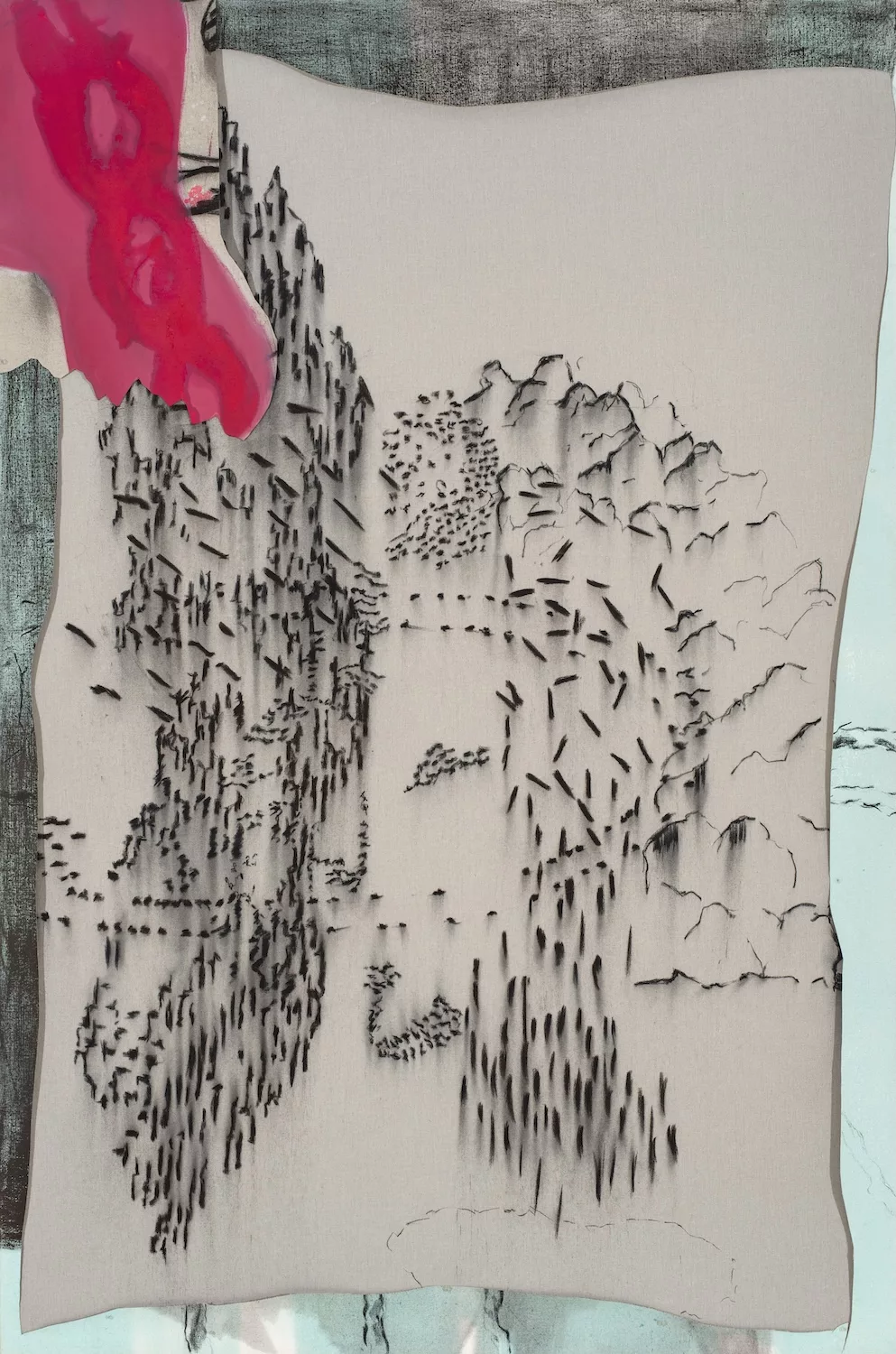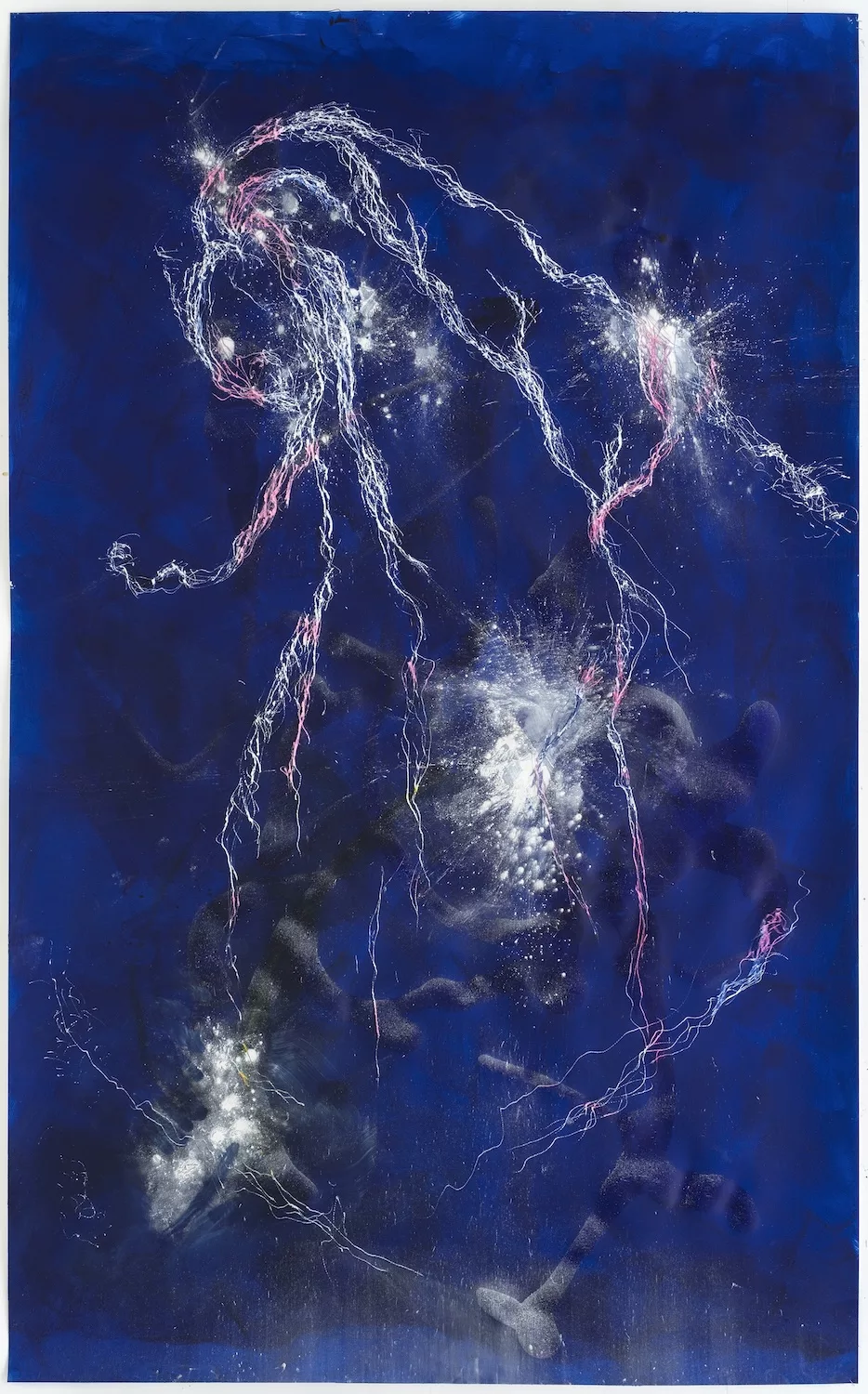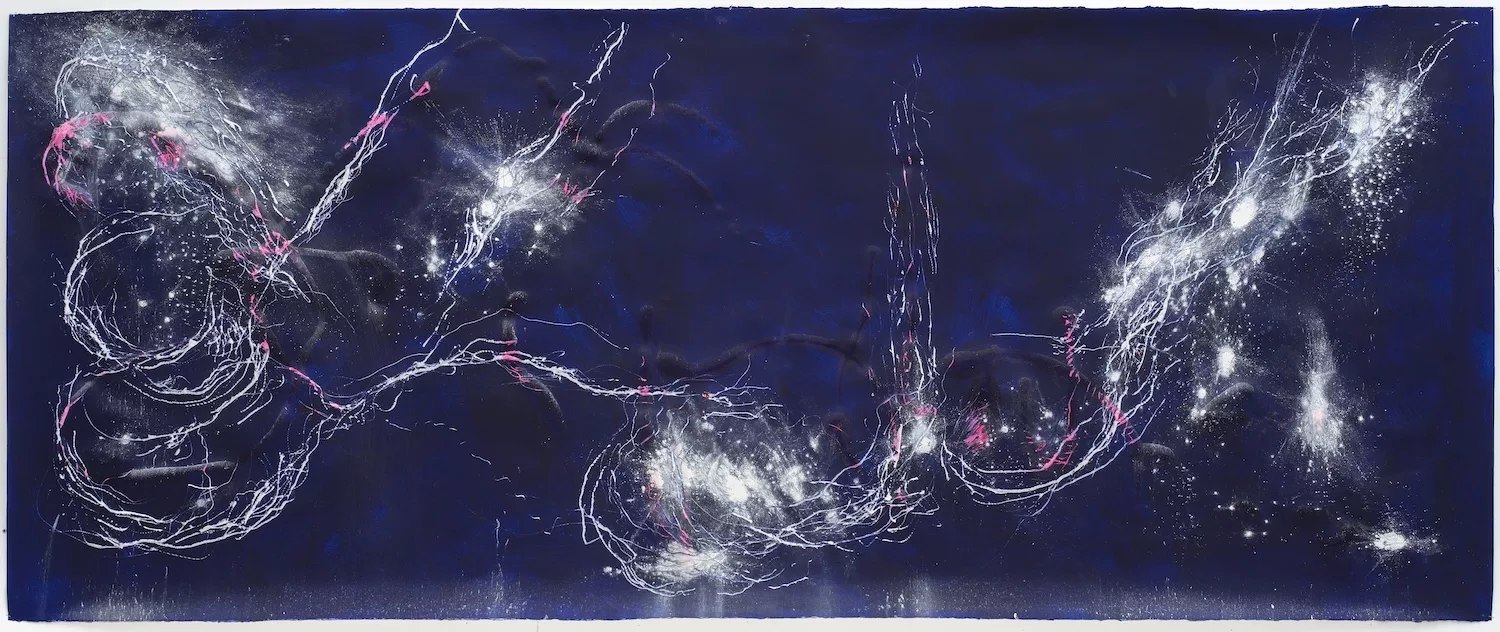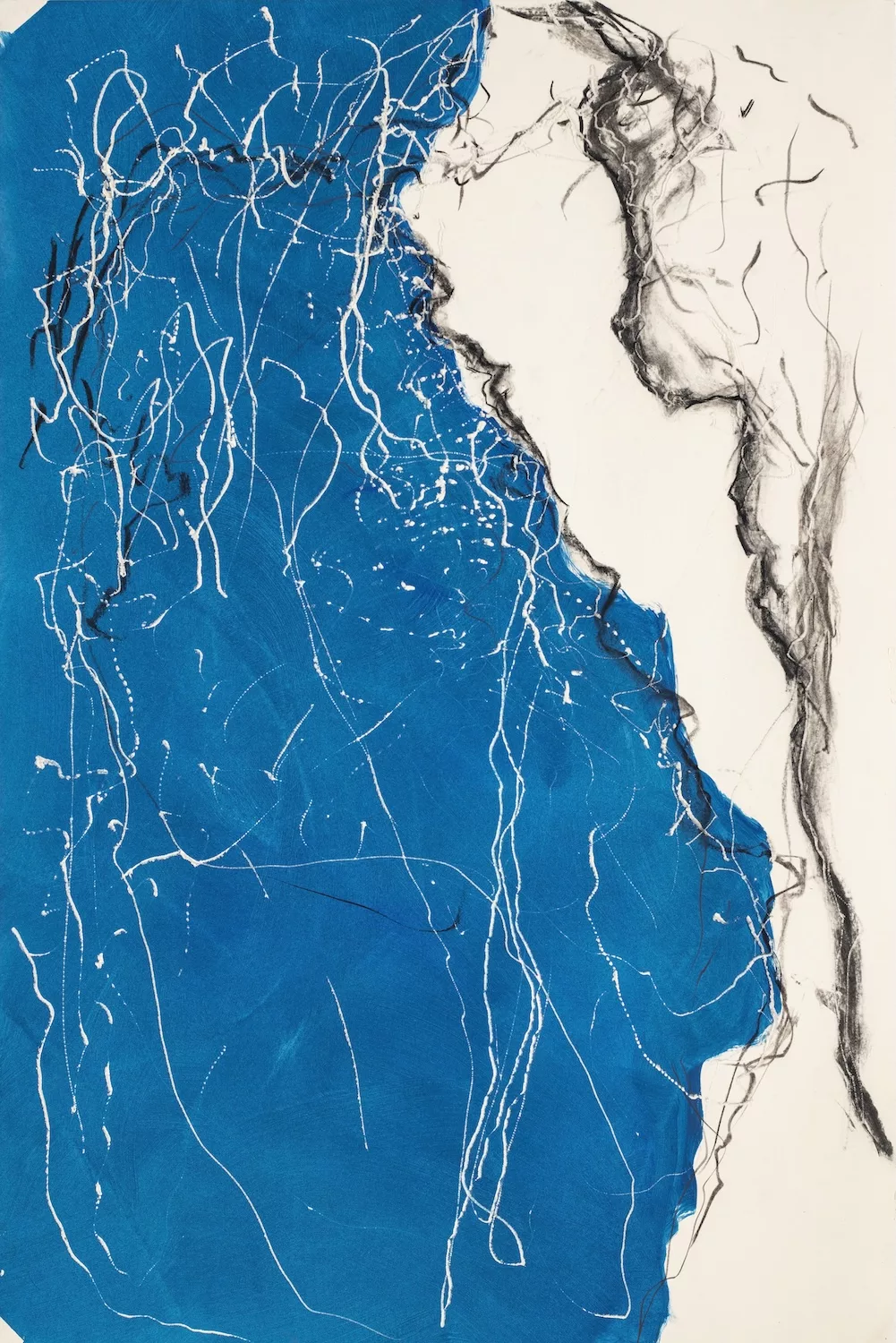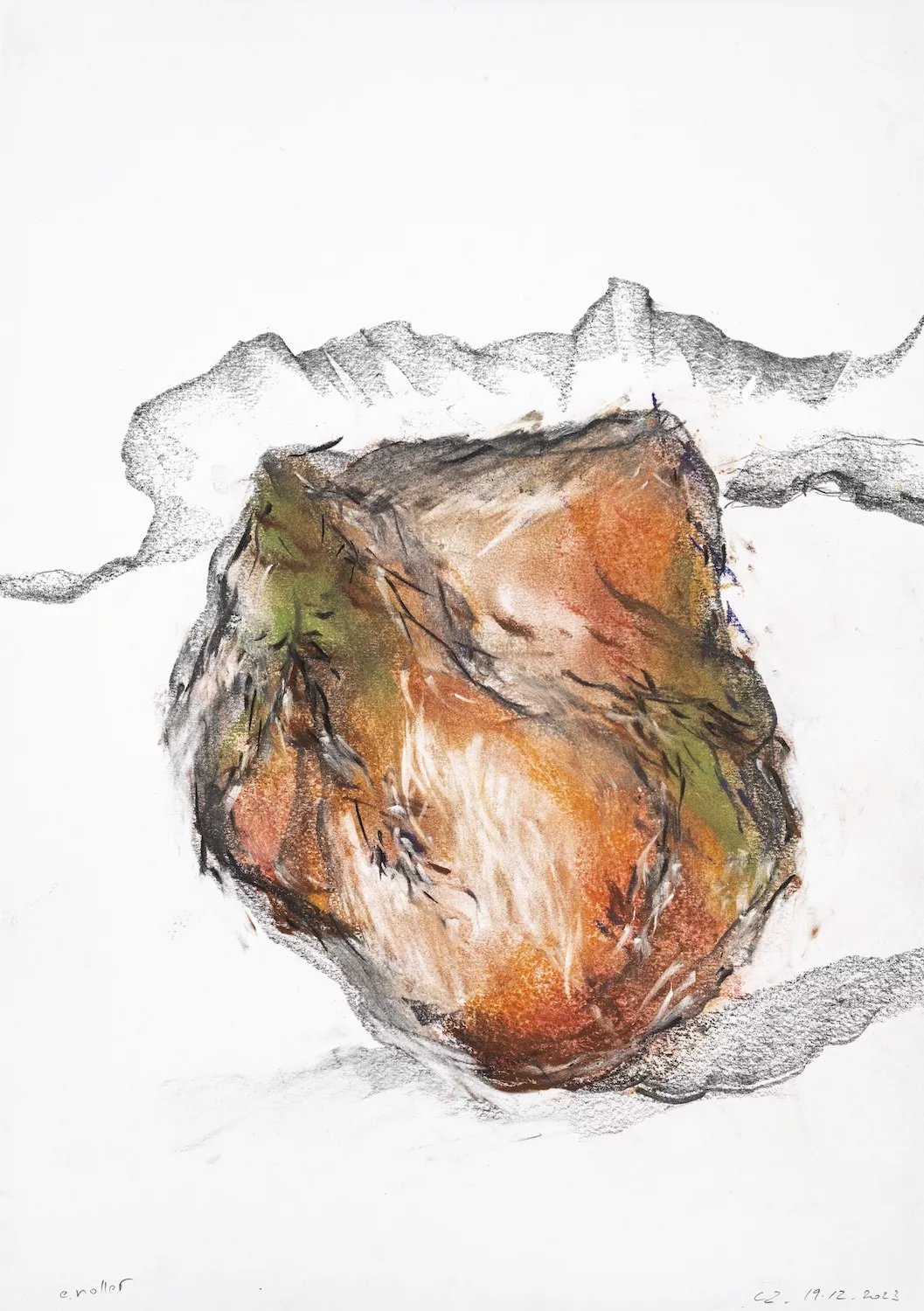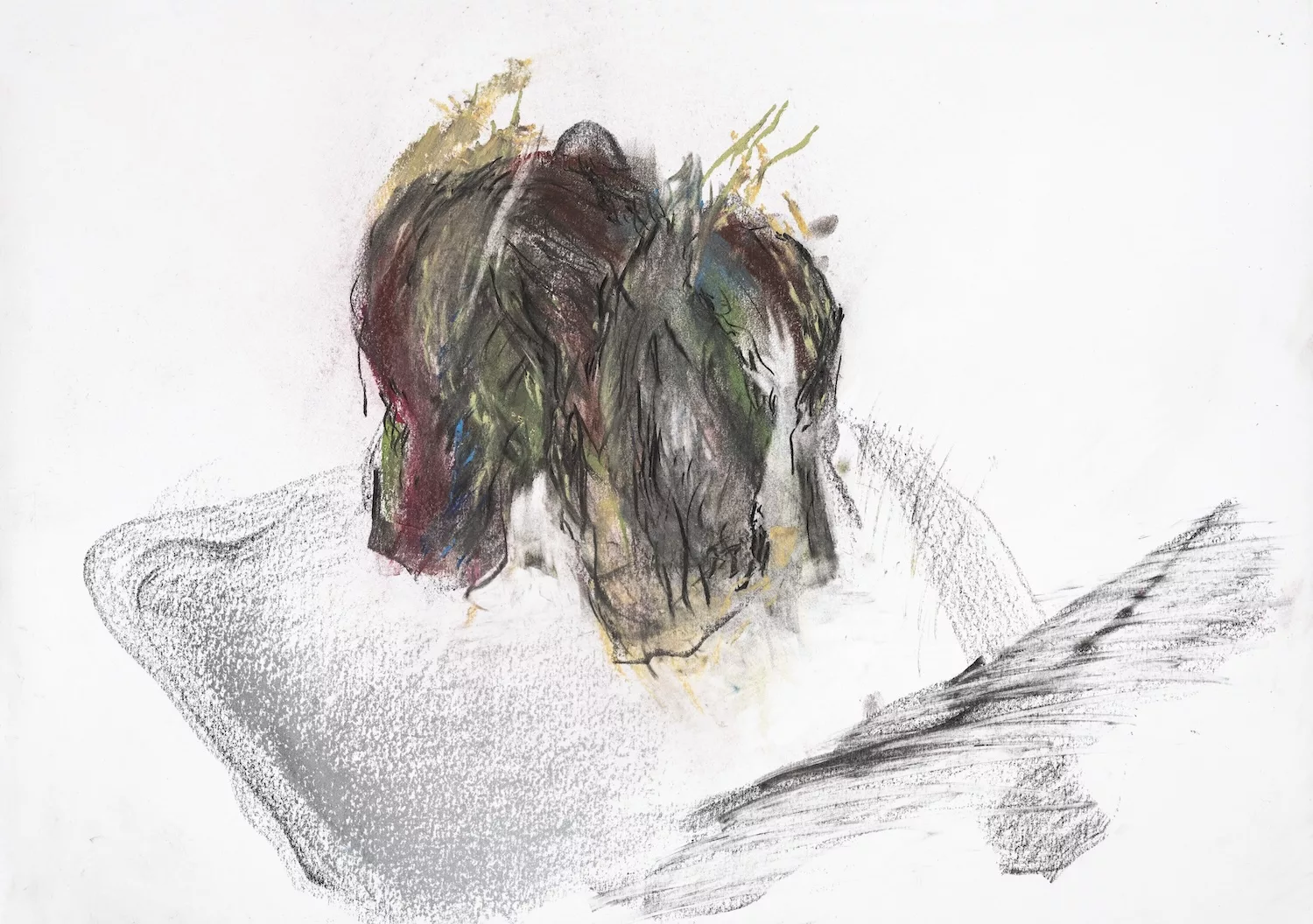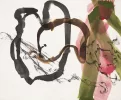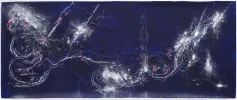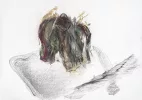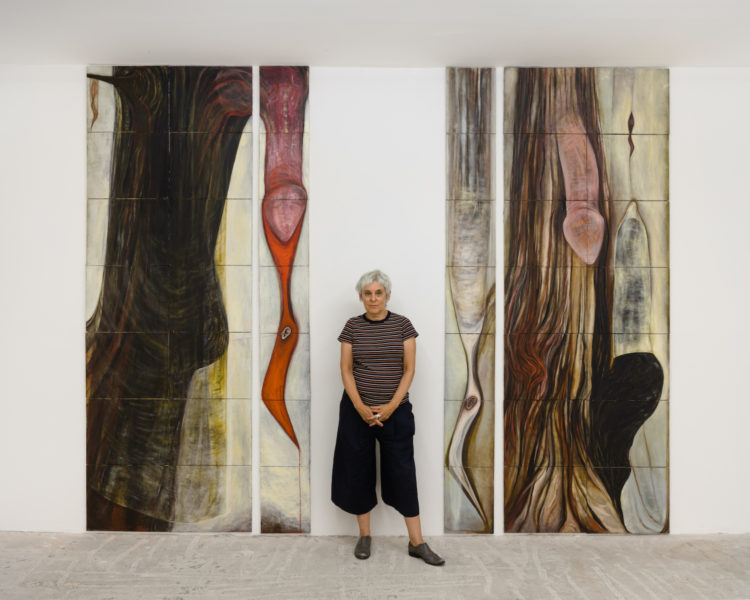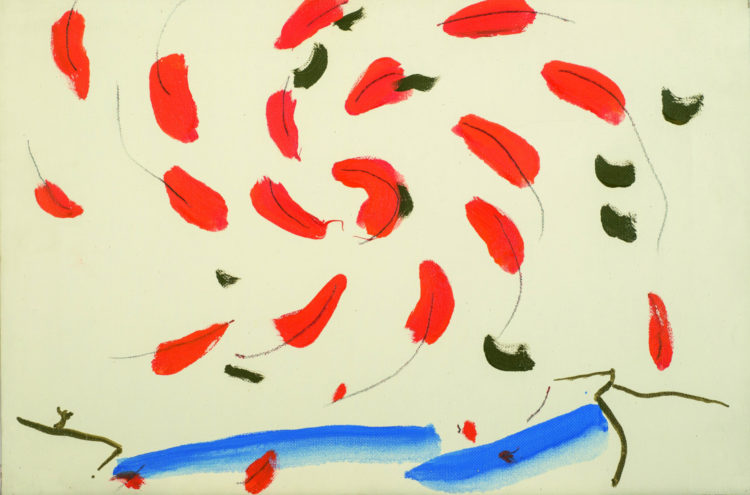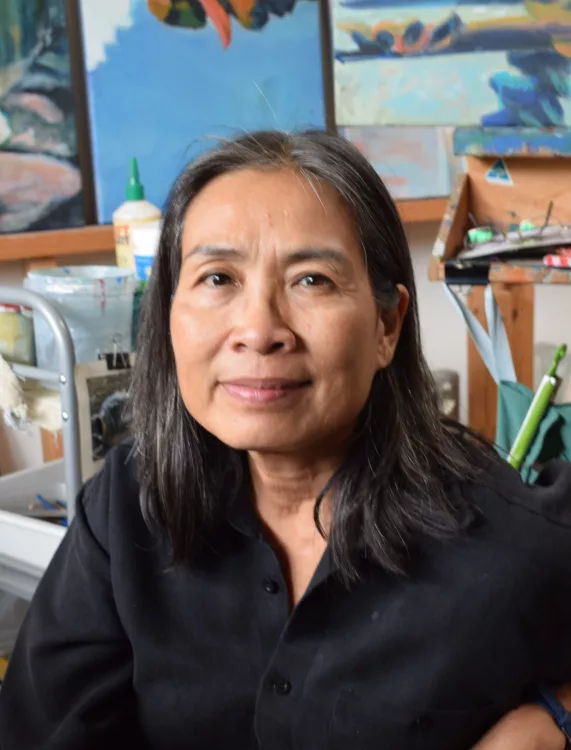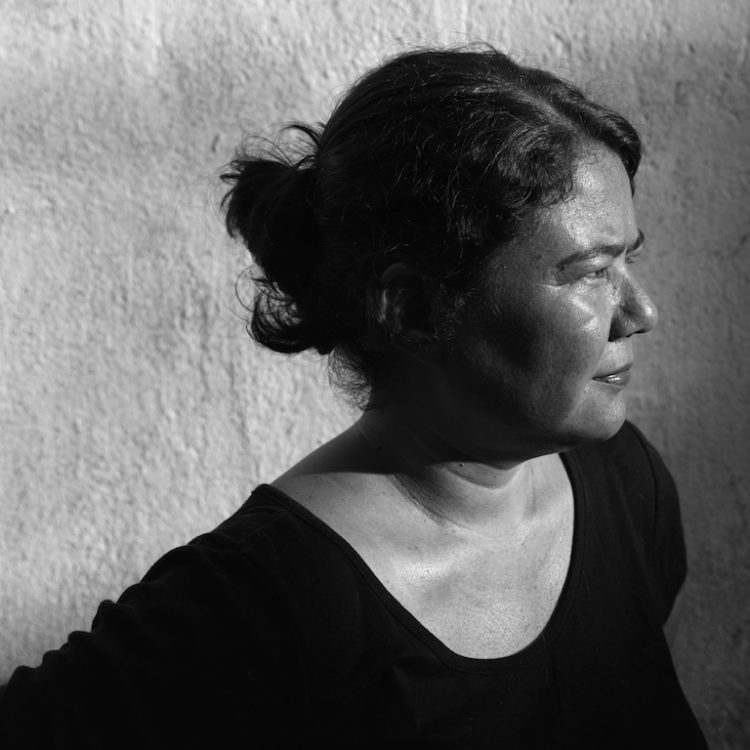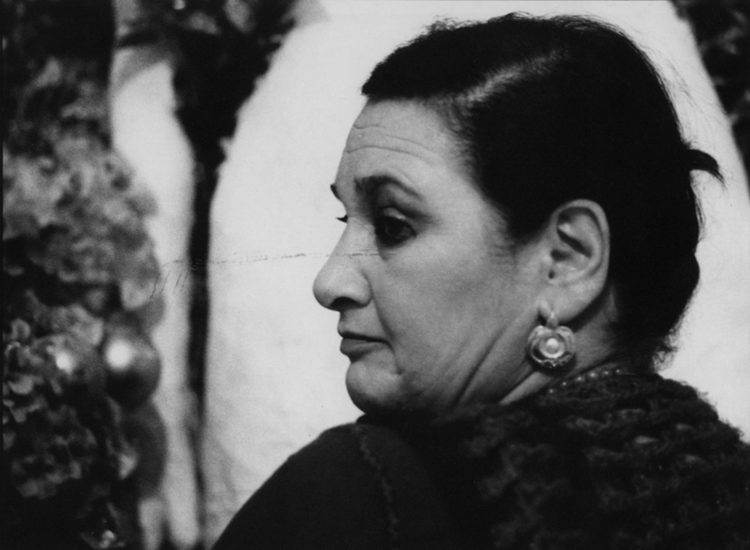Catherine Viollet
Catherine Viollet, Circulations, édition Ville de Vitry-sur-Seine, 2020
→Catherine Viollet, Suspens, eds. Maison des Arts de Malakoff / Fondation Caisse d’Épargne Toulouse, 2005
→Catherine Viollet, Une figure libre, édition Aréa, 1996
Circulations, Galerie Jean Collet, Vitry-sur-Seine, 2020
→La ligne végétale, Musée Faure, Aix les Bains, 2001
→La trêve des héroïnes, Galerie Christian Cheneau, Paris, 1983
French painter.
Catherine Viollet is part of a broader history of artistic depictions. From the very beginning, she made the female figure central to her practice. Over a career spanning more than forty years, with her directorship of Vitry-sur-Seine’s Jean Collet municipal gallery from 1997 to 2019 providing a counterpoint, she has always viewed her painting as a project, a risk, an adventure or a form of passage. Her works now feature in several public collections, including those of the Centre National des Arts Plastiques, the Centre Pompidou and the Musée d’Art Contemporain du Val-de-Marne.
C. Viollet trained in Nice, the hub of the Supports/Surface movement, before moving on to the École des Beaux-Arts in Quimper. There, she met art critic Bernard Lamarche-Vadel, who played a decisive role in her destiny by inviting her to participate in his exhibition Finir en beauté in Paris in June 1981. She was the only woman in the Figuration Libre movement at the time. Early on, she defined her artistic practice in clear terms, emphasising the act of creation and choosing a front-facing, narrative-free depiction. She would paint on unmounted canvas laid on the floor and experiment with novel surfaces.
In the 1980s C. Viollet began focusing on highly personal pieces designed to function serially: La Trêve des héroïnes[Truce of Heroines], Les hommes se peignent [Men Paint Themselves], Égyptes [Different Faces of Egypt], La Ligne végétale [Herbaceous Line], Les Météores [Meteors], Les Chemins d’eau [Waterways] and others. Each series resulted from contact with another culture (the Amazon region, Ancient Egypt, Japan), books (Descartes), artists (Pierre Bonnard 1867-1947, Henri Matisse 1869-1944, Aristide Maillol 1861-1944) or even everyday images (the weather section of Le Monde inspired the series Les Météores, after Descartes). She executed numerous variations on themes and motifs, all underpinned by the ongoing presence of drawing (small illustrations, colour-testing sketches or large-scale works executed in a single, purposeful and concentrated stroke on canvas, with no revisions) and a continuing investigation of media and materials: unmounted or pumice-coated canvas, cardboard, decorated linoleum, the underside of imitation leather, coloured textiles, oil, acrylic, charcoal or pastel, amongst others. C. Viollet’s work stands out for its vigorous energy and fearless experimentation with multiple media, a persistent exploration that now approaches performance art and a sensitivity to the sound inherent in drawing.
Another founding principle of her work is what she calls dé-liaison, or de-linking – when elements detach from one another, colour shifts away from line and spatial planes break apart, losing any semblance of scale or measure. It also features a sense of layering, with previously painted canvases being reused as the foundation for new creations. Her paintings are partially overlaid with fragments of old monochromatic canvas, revealing a composite of images made up of drawings, paint and cut-out fields of colour.
Meticulous and patient, C. Viollet draws inspiration from unexpected sources, always maintaining an interconnectedness in her depictions. She manages to unify elements that might seem unrelated, producing visual patchworks of flexible, fluid and rounded forms – often botanical in inspiration – that are nonetheless invariably potent. Her imagery recalls portraits, planets in orbit, floating garments, and the movement of air and sea currents. The concept of motion and circulation permeates her work. C. Viollet is a singular artist, and while her world may appear hybrid, it is held together by the notion of poetry, a persistent theme in her striking art. She is a member of the la tangente women’s collective made up of seventeen visual artists and one poet, founded in 2016 to develop dialogue around their respective practices, art issues and the social and political status of women artists.
In 2024 she was awarded the Simone and Cino Del Duca Foundation Painting Prize on the proposal of the Academy of Fine Arts.



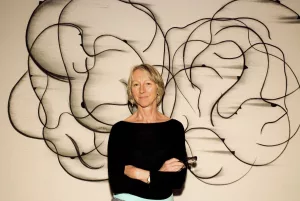
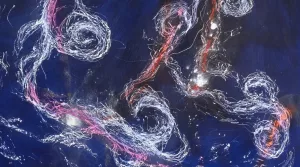 Chemins d'eau | Catherine Viollet, 2025
Chemins d'eau | Catherine Viollet, 2025 